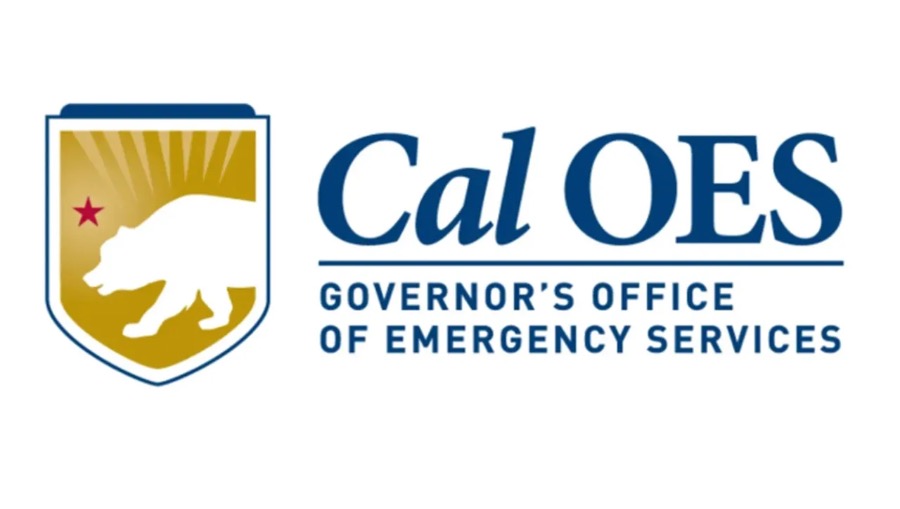
California public-safety answering points (PSAPs) are expected to restart their technological transition to an IP-based next-generation 911 (NG911) technology next year, when a new architecture with dual statewide systems is scheduled to be implemented.
California Governor’s Office of Emergency Management Services (Cal OES) Chief Deputy Director Lisa Mangat today told members of the Cal OES State 911 Advisory Board provided an overview of the architectural difference between the previous approach to NG911 deployments and the new initiative.
“In a nutshell, we currently have a regionalized approach—we have one vendor that has statewide connectivity, and then we have other vendors who support specific regions,” Mangat said during the board meeting, which was webcast. “Then you have the carriers and the intricacies of the carrier engagement.
“Under this [new] model, we would be moving away from a regionalized approach, so you would have statewide connectivity through one vendor. The second vendor—which would be secured through an open procurement process—would then be the … backup of that statewide approach. I think that, fundamentally, it’s moving away from a regionalized approach to a statewide approach.”
Paul Troxel, 911 branch manager at Cal OES, said the request-for-proposal (RFP) procurement for the second statewide vendor—a document currently being drafted in conjunction with the California Department of Technology (CDT)—is expected to be released during the first quarter of 2026.
Until the second statewide network is operational, all California PSAPs will depend on the existing statewide network operated by Atos for 911 services, Troxel said.
“To simplify our network, we’re going to be migrating all services—voice and location—to the current statewide next-gen 911 provider,” Troxel said during the board meeting. “One of the important key factors we had to look at was who has networking equipment in every PSAP and who can support this—in the current budget—with minimal distraction and impact to the PSAP.
“Atos will be the vendor that has the statewide technology and all of their network deployed into PSAPs. They’re going to be used to replace that complex network design that we originally started with, with multiple vendors.” This “interim plan” will be implemented in three phases, Troxel said.
In Phase 1, the 23 PSAPs in California that already have migrated to NG911 will have their 911 traffic migrated to the Atos system, Troxel said. This Phase 1 process is targeted to begin in September, he said.
Phase 2 of the interim plan—expected to begin during the first quarter of 2026—will focus on California’s 911 centers that are near the 23 PSAPs that already have migrated to NG911 technology or have been identified as needing to transition from legacy 911 technology, Troxel said.
“As we continue to look forward on how we can support next-gen 911, we want to be able to identify PSAPs that may have particular needs to get off of the legacy network,” Troxel said. “If there are PSAPs that can migrated—again, making it simple for the PSAP, with no impact to the operation—we want to get those prioritized for migration.”
All of California’s approximately 440 PSAPs not addressed in Phase 1 or Phase 2 will upgraded during Phase 3, which Troxel said is expected to begin in October 2026, while the second statewide 911 network is being constructed.
“As we look at interim Phase 1 and interim Phase 2, this parallel work is going to be done—we’re going to bring in another vendor … on contract,” Troxel said. “So, as we look at that Phase 3 statewide deployment, we can start to migrate traffic at the same time that we’re trying to build a redundant network in and around the next-gen 911 service to provide absolute redundancy and a robust network to support 911 call delivery.”
No members of Cal OES 911 state advisory board raised objections to the long-term NG911 vision outlined by Troxel and other staff members, but several board members expressed confusion about their roles. Many board members noted that this was the first time they had heard or read this information about the NG911 deployment plans. With this in mind, these board members questioned whether they would have an opportunity to provide advice about the NG911 rollout or whether they were just being given updates about the staff’s activities.
California’s NG911 deployment effectively has been halted since August 2024, when contracts with many key vendors expired amid questions about the initiative, which saw only about 5% of the state’s PSAPs migrated from legacy 911 systems.
During the May meeting of the state 911 advisory boardv, Mangat said the initial goal was to migrate all California PSAPs to NG911 by December 2024.
While the December 2024 timeline marked the most recent goal, it was not the first. Walter “Budge” Currier, who led California’s NG911 efforts for years before parting ways with Cal OES last year, told IWCE’s Urgent Communications in March 2021 that the statewide implementation could be completed by the end of 2021 or early in 2022.
This did not prove to be the case. Instead, California has spent more than $400 million on its NG911 project and has transitioned only 23 PSAPs—only four more than the number Currier noted during his presentation on the matter during the IWCE 2024 event in March of that year.
California’s NG911 rollout is being monitored by 911 officials throughout the U.S., as many hoped that the Cal OES initiative could demonstrate to others how NG911 could be deployed efficiently and effectively in all of the more than 6,000 PSAPs in the country. In addition, some public-safety advocates believed that a strong NG911 deployment in California could help justify an infusion of $10-$20 billion in federal funding to pay for a nationwide effort.